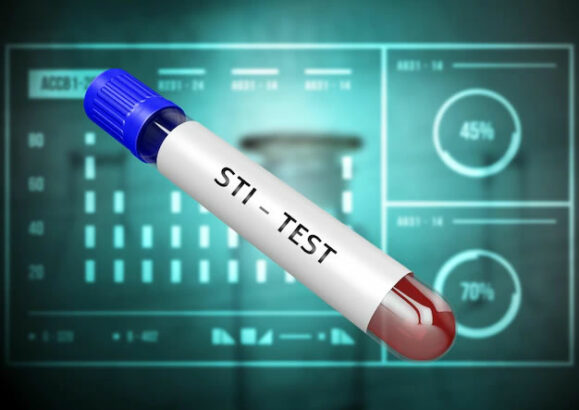Are you curious about what a blood test for STDs means? Do you know someone who may be struggling with an infection? Are you concerned that you could be at risk of contracting an STD? A blood test can provide valuable information and give you peace of mind. Read on to learn more about these tests and how they can help protect your sexual health.
What is a STD Test?
A STD test is a laboratory test used to look for evidence of infections with specific sexually transmitted diseases (STDs). STD is sometimes also referred to as STI – Sexually Transmitted Infection. Some STDs are only diagnosed based on a physical exam and symptom checklists, but a blood test can detect the presence of several different infections.
A negative result does not mean that you are disease-free; it only means that the test did not find any signs of infection. Certain infections, such as HIV and syphilis, can only be detected using a physical exam and/or other tests. Many STDs, such as HPV and genital warts, are so common that even people who haven’t had sex are likely to carry the infection.
Types of STD Tests
- Human papillomavirus (HPV) test: This is a test that looks for the presence of certain HPV strains. If you are tested and HPV is present, it may be possible to prevent future infection.
- Herpes simplex virus type 2 (HSV-2) and type 1 (HSV-1) antibody test: This test looks for antibodies against certain strains of the herpes viruses. If antibodies are present, it may be possible to prevent future infection.
- Gonorrhea test: This is a test that looks for gonorrhea bacteria in your urine.
- Chlamydia test: This test looks for signs of chlamydia in your urine.
- Trichomoniasis (trich) test: A test that looks for the presence of the parasite that causes trichomoniasis.
- Syphilis test: A test that looks for signs of syphilis in your blood. HIV antibody test: This test looks for antibodies against HIV in your blood.
How do blood tests for STDs work?
A blood test for sexually transmitted diseases (STDs) works in a few different ways. First, the sample is collected and then sent to the lab. There, the sample is examined under a microscope to check for signs of infection. When a blood test is used to detect an STD, the sample is usually checked for the presence of antibodies against certain infections. The antibodies indicate past infection with an sexually transmitted disease. Since these antibodies only appear if the person has already been infected, they don’t show up in a test for someone who is not infected. A blood test can also be used to detect some STDs in the blood. For example, the gonorrhea bacteria can be detected in the blood.
When should you get a blood test for STDs?
If you are at risk of contracting an STD, a blood test may be a good option. For example, if you have multiple partners or are involved in high-risk activities, you may be at risk of infection. If you have ever had sex with someone who has HIV, you could be at risk, too. Other risk factors that may merit getting a blood test include the following:
- Sex with someone who has genital herpes
- Sex with someone who has HPV
- Sex with someone who has syphilis
- Sex with someone who has trichomoniasis
- Sex with someone who has Hepatitis B
- Sex with someone who has Hepatitis C
- Sex with someone who has genital warts
Drawbacks of a blood test for STDs
While STD tests can provide valuable information and protect your health, they come with some downsides, too. The most notable potential drawback of STD tests is that they are only geared toward detecting a select group of sexually transmitted diseases. A blood test may not detect infections that go beyond this list. Another potential drawback of STD tests is that the results may be confusing or scary. It’s important to remember that a blood test for STDs does not provide definitive results. It only detects possible infection, so you still need to be evaluated by a doctor.
Recommendations for those who should receive a blood test for STDs
If you think you may be at risk of contracting an STD, you should consider getting a blood test. If you are concerned about having sex but don’t think you’re at risk, you should still get tested. If you are sexually active and have multiple partners, you may be at risk of infection. If you are concerned about the health consequences of unprotected sex, you should get tested. If you receive a positive result on a STD test, you can follow the guidelines for STD treatment. However if you have a negative result for STDs, don’t worry about it too much. You may still be at risk of infection, but a negative result doesn’t mean your health is in danger. It just means that these tests aren’t very accurate and detect very few infections.
Bottom line
A blood test can provide valuable information and protect your sexual health. However, a blood test is not a conclusive test that can tell you if you have an STD or not. A negative result doesn’t mean you’re completely safe from infection, and a positive result doesn’t mean you have an STD, either. Even if you are tested and find out that you don’t have any STDs, it’s important to practice safe sex. You can protect yourself from STDs by using protection during each sexual encounter.
